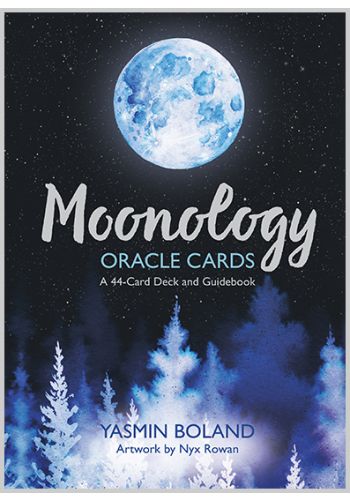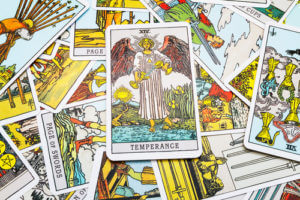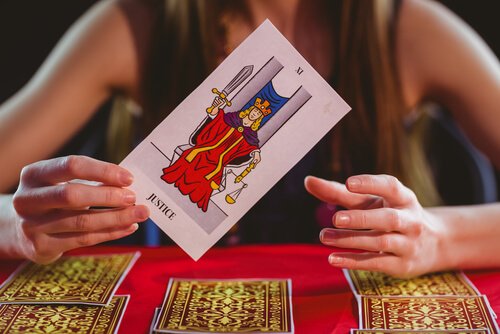What are the Differences Between Tarot and Oracle Cards?
The ultimate dilemma – to use just Tarot cards, just Oracle cards, or both. And is both even an option? Yes, that is the topic of discussion today. Because today, we are all seeking inspiration and guidance anywhere we can find it. Some of us are searching for a deeper understanding, some are seeking self-reflection, and others just want a bit of fun. Essentially, we want to know what are the differences between Tarot and Oracle Cards?
Whatever your purpose, both Tarot and Oracle decks can do the trick as they are pretty insightful. However, they do have some significant differences, which would be good to know before you book your reading or start your own study.
Comparing Tarot and Oracle Cards
Similarities
Both decks provide opportunities for self-reflection and divination. They can both help articulate your deepest hopes and dreams and give guidance on your potential future. They can also give clarity when trying to understand your authentic self. And, the reader of both decks uses their intuition to find the relevant meanings. But this is where the similarities end as how they go about doing these things and the level of detail they provide differ.
Number of Cards
Traditional Tarot decks, like Rider-Waite, contain 78 cards, while the creator defines the number of Oracle cards in a deck. Oracle decks can have a few as 30 or as many as 100 (or more?). Two of the most popular Oracle decks are moonology Oracle with 44 cards and sacred rebels Oracle with 45 cards.

Moonology Oracle cards
Energy
Oracle cards tend to provide insight into the bigger picture, while Tarot cards offer a lot more detail. One isn’t necessarily better than the other. They can each be used independently or in combination. Oracle cards tend do tend to be easier to interpret, so beginners usually start with these decks.
Themes and Meanings
Tarot cards have common themes and consistent meanings from deck to deck. There are always the same 22 Major Arcana and 56 Minor Arcana (more on this later). The imagery may differ from deck to deck, but the intentions remain the same. For example, the High Priestess represents intuition, sacred knowledge, and the subconscious mind. When she comes up upright in a reading, it means it is time to go with your gut.
Oracle cards have no common theme and a more free-flowing approach. Each deck is unique – the creator defines its images and meanings. That can make Oracle cards incredibly versatile.

The Temperance Tarot Card.
Rules
Tarot cards have 22 Major Arcana cards and 56 Minor Arcana laid out in four different suits (wands, swords, cups, and pentacles). The Major Arcana guides us and shows up in readings that go “deeper” into ourselves. The Minor Arcana illuminate situations and influences which tend to be temporary and relatively superficial.
Oracle cards are like the younger, more relaxed sibling. Each card will show you an image, and while there is typically a guidebook that goes with the deck, there is a lot more room for you to interpret the meaning.
Intuition is critical when interpreting both Tarot and Oracle cards. It’s just that each Tarot card has a predefined intention while Oracle is more open to possibilities (read: no memorization!), so that’s why Oracle cards are more beginner-friendly. Some consider Oracle cards as an introduction into the practice of divination.
How to Use Oracle and Tarot Cards Together
Many readers use Oracle and Tarot cards together as they can provide a great picture and more insight into your question or situation.
You could pull an Oracle card at the beginning of a Tarot reading to get a sense of the surrounding theme or energy influencing the situation. On the other hand, you could also draw an Oracle card towards the end of the reading to share advice or a message for somebody.
Learn more about Tarot and Oracle readings at EveryBody in Mind Wellness Center! And book a session here.


